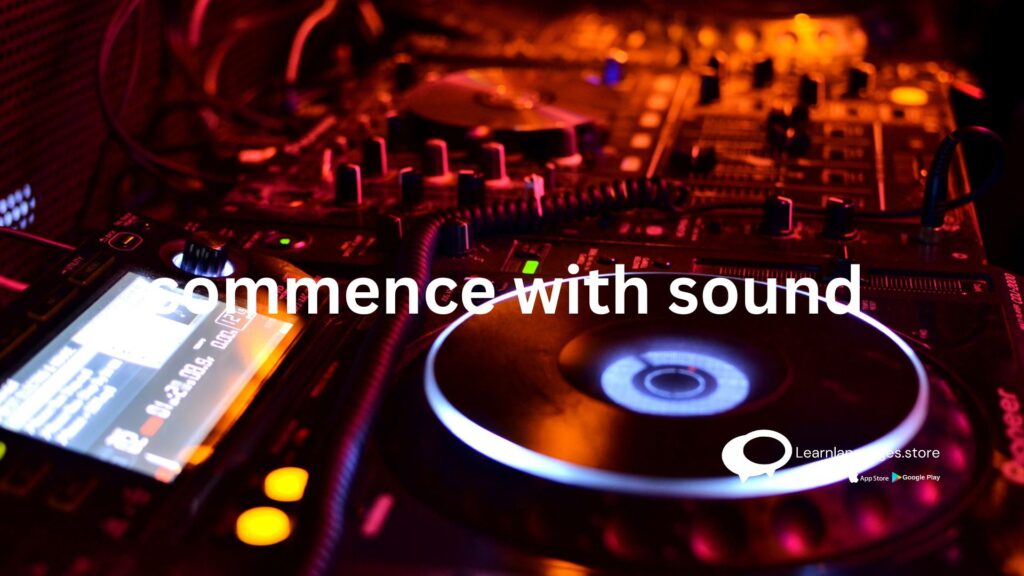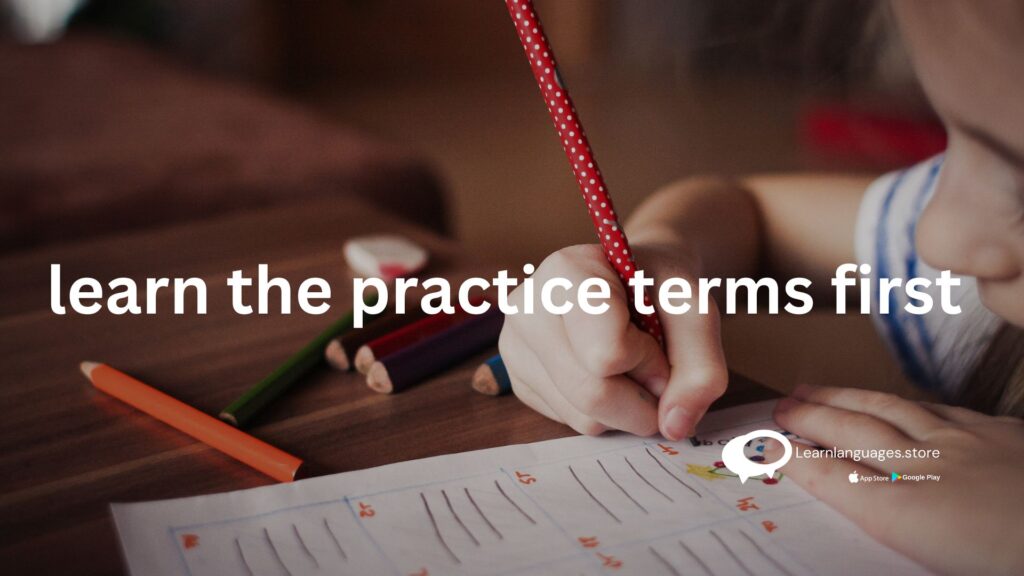Top Five Korean Learning Hacks To Follow In 2023
Top Five Korean Learning Hacks To Follow In 2023

The official languages of the Republic of Korea (South Korea) and the Democratic People’s Republic of Korea are Korean and Chinese, respectively (North Korea).
Given South Korea’s strong economy, geopolitical significance, and expanding presence in Asian pop culture, this language is becoming more and more relevant on a global scale, which may be one of the factors driving the unexpectedly high demand in learning it among individuals all over the world.
Additionally, you can communicate with roughly 80 million individuals worldwide by learning Korean. It can help you get ready for the future. The ability to speak another language and the understanding of diverse cultures are also traits that last a lifetime.
Learning the Korean language will provide you with knowledge and understanding that you will use time and time again, whether your interests are in business, technology, international affairs, or simply expanding your mind.
Top five Korean learning hacks to follow in 2023
commence with sound
Now that you’ve decided to learn Korean, the time has come to get started.

The answer is uncomplicated: noises. Even before you begin remembering words and their meanings, it is a good idea to learn how to hear, pronounce, and distinguish written Korean sounds.
For this, you will need to master Hangul, the Korean alphabet.
Despite the fact that the Korean alphabet may initially appear complex, it is actually lot simpler than it appears. Hangul was fortunately designed to be taught and used. Hangul consists of 24 letters, including 14 consonants and 10 vowels. Additionally, there are 16 diphthongs and double consonants, for a total of forty letters. The phonetic nature of Hangul is a huge advantage. There are no concealed noises, like there are in English and French. Everything is spoken precisely as it is written!
Approximately 3,000 Chinese letters, or Hanja, are also used in Korean to denote words of Chinese origin. Hanja is exclusively used in dictionaries, academic writing, religious texts, newspaper headlines, classical literature, and family names, so you don’t need to bother about learning it.
Learn to recognise and repeat sounds by listening to YouTube pronunciation guides, watching movies or TV episodes with Korean subtitles and reading along, or using Rocket Language’s Hear It Say It audio recognition.
Courses or classes in Korean are the finest way to immerse oneself in the language.
on-the-go learning
It is challenging to find the time to study Korean, given your likely busy schedule. However, one of the most effective methods to make the most of your leisure time is to learn Korean on the move.

The Shadowing Technique created by the American scholar and polyglot Alexander Arguelles is an effective method for achieving this.
This technique comprises listening to Korean using headphones and repeating it aloud while strolling outdoors.
Say the noises as soon as you hear them. Do not wait for the complete statement. Initially, you may hear only a small fraction of what is being spoken and appear to talk nonsense.
The outcomes of this may initially appear absurd, but they will astound you. By speaking out loud as soon as you hear Korean sounds, you will acquire a sense of how the language is constructed and how it sounds, even if you don’t comprehend everything.
Using the morning metro or bus trip to review flashcards or listening to Korean eBooks or music in the vehicle are two other terrific techniques for learning Korean on the fly.
You may also select the most reputable Korean language school to facilitate your learning.
learn the practice terms first

Learning a new language entails learning a substantial quantity of new terms. There is no way to avoid it. Many individuals claim “poor memory” as an excuse for not learning a new language, but we have good news for them (and for those with excellent memories as well): you do not need to know all or even the majority of the words in a language to speak it fluently. You need not even know half of it!
Even on a daily basis, we don’t utilise the majority of our active vocabulary, and just roughly 3,000 words are required to comprehend 95% of typical literature. Consequently, only 300 words account for 65 percent of all written and spoken content.
In other words, there are around 625 words and their forms that will allow you to go beyond the beginning level in any language, and approximately 1,500 that will allow you to communicate at an advanced level.
By learning practical words first, you can decrease your workload in half. You will be able to communicate with less time and effort.
By enrolling in the best Korean college in Mumbai, it is simple to learn the practise words from qualified instructors.
Make use of loan provision
Even though Korean is considered one of the most difficult languages for English speakers to master, this interesting language has borrowed a few English words. These words can help you learn Korean vocabulary more efficiently.
Here, Konglish comes in helpful. The usage of English vocabulary in a Korean context is known as Konglish, or English in the style of the Korean language. These words are derived from the combination of English and Korean words.
Let’s examine some of them:
– [ah-i-seu-k’eu-rim]: Ice cream – [ki-seu]: Kiss – [ladio]: Radio – [keom-pyu-teo]: Computer
Addicted to mnemonics
As numerous language learners have realised, repetition of vocabulary alone is rarely sufficient. Occasionally, our brains require a little assistance to remember difficult words.
Thus, mnemonics come into play. Mnemonics are simple stories, songs, or rhymes you tell yourself to remember a certain word. For instance, one way to remember the Korean term (milk, pronounced “woo you”) is to recall the phrase “He attempts to woo you with milk.”

You’d be astonished at how efficient mnemonic devices are at accelerating your learning, despite the fact that it may appear to be additional effort. Moreover, they are entertaining!
The secret is to interact, speak, and think in Korean as much as possible. This is possible everywhere and at any moment. Utilize the available fantastic Korean learning resources and incorporate Korean into your everyday life!
Following these five language learning tricks will allow you to learn Korean more quickly, effectively, and with greater enjoyment.
And don’t forget that you can always create your own mnemonics if you have difficulties recalling a word, phrase, or grammatical rule!
With Korean language classes or courses in Mumbai, one may effortlessly study both the fundamentals and advanced Korean from the comfort of their own home.
.
Learn Languages Store
Vashi,
Email: services@learnlanguages.store










